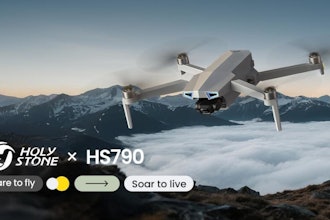About a year ago, we offered a report suggesting that the Office of Naval Research’s work on hypervelocity projectile ammunition could signal the end of the highly celebrated railgun.
Celebrated not for its accomplishments, but simply because the thought of an electromagnetic cannon firing 45-pound metal slugs at 4,500 mph in melting targets up to 100 miles away … is really cool. The problem is that the primary application of the railgun would be air defense, which means figuring out a way to mount a really heavy, electricity-hungry weapon on a Naval Destroyer.
So even with more than $500 million already spent on railgun development, some researchers started looking at an alternative, like developing ammunition similar to that used by a railgun, but capable of being fired by the guns already on the decks of these ships. Last summer, the Navy did just that. They were able to fire 20 high-velocity projectiles using the USS Dewey's standard Mk 45 deck gun. While these rounds were only able to hit 2,400 mph, or about three times the speed of sound, these HVPs offer a number of other advantages over the current railgun.
First, they can be used now. Second, at about $85,000 per round, they’re one-tenth the cost of a comparable missile. And finally, there’s no expensive retrofitting to accommodate ship configurations or figuring out a way to provide enough power.
So, at the end of the day, HPVs are cheaper, easier to accommodate and can be used right now across all branches of the military, including Marine Corps and Army field artillery guns.
However, even with all these benefits seemingly pointing at HVPs as a long-term solution, the Congressional Research Service states that they remain one of three systems under consideration, along with the railgun and laser-guided systems.






















